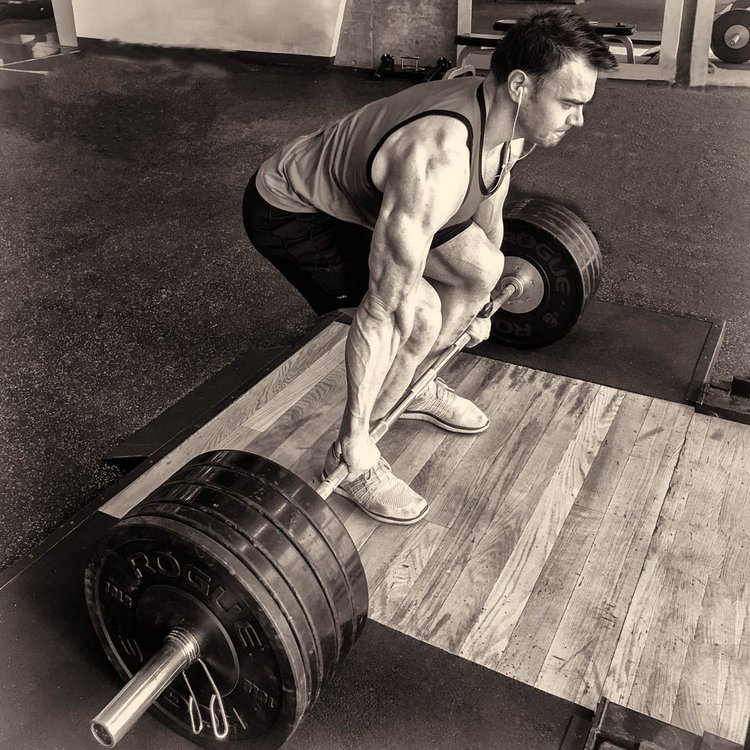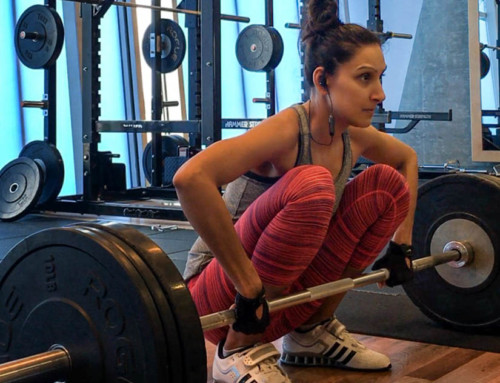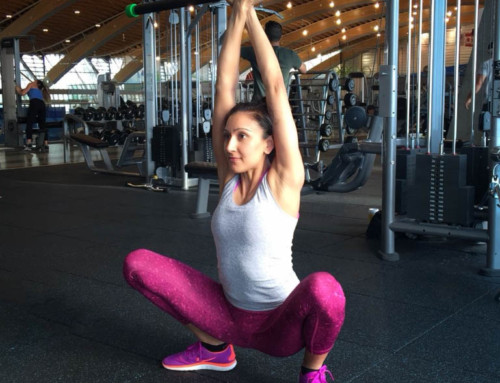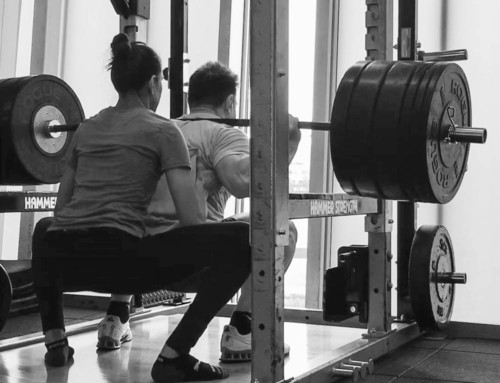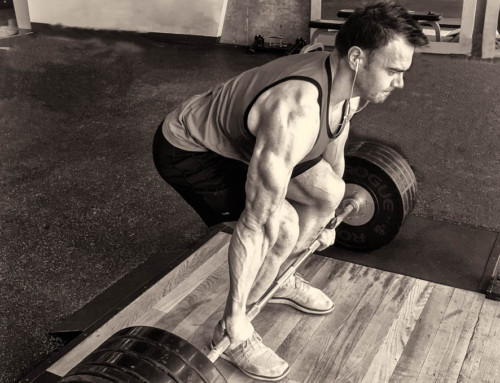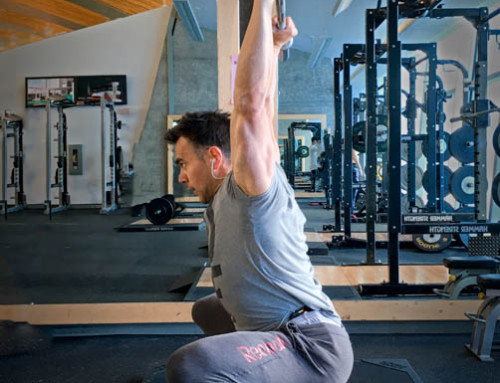We often look for best programs that guarantee results of athletic physique, packed with lean muscle and low body fat. Such training programs are everywhere we look, within every fitness blog, magazine and exercise book. Many of these written and designed pieces advocate different things. Some promote the path through free weight zone, using compound lifts while consistently increasing mechanical overload. Others paint a different picture filled with cardiovascular elements, where VO2max capacity is the primal name of the game. And many more protocols are either an amalgamation of different biomotor abilities (eg: strength and speed), or specific routes in developing certain skills.
With so many available choices that are significantly different from each other, how do we select the right one?
1. Set Measurable Goals for Yourself
Before you begin trampoline jumping from one training program to the next, ask yourself, what exactly are you trying to achieve? The first answer can be vague like “I want to get in shape” to specifically “increase my front squat by 50 lbs (22.5 kg)”. The act of working towards the front squat goal requires, strength training and compounds lifts. This is an excellent way to get in shape—develop a stronger, leaner, faster body.
Vague goals need to be developed a bit more and sharpened towards something specific. Associating numbers with goals is a great way to bench mark your projected path towards stronger leaner faster self. These numbers depend on what you are trying to achieve. The goal of completing your first marathon will engage significantly different training schedule, than losing fat and building lean mass. So, if you never thought about these things, take some time, open up your training log book and write down some ideas, goals, and how would you translate them into bench mark numbers.
2. Ask these Questions of the Training Program
There are exercise programs, in the thousands, available at a click of a few buttons. Many of them come packed with much terminology, training research and methods. Some are geared towards performance increases of strength, speed and endurance. Others focus around the “burn” promising lean muscular body with low fat reserves of a physique model. While others show you how to become a better runner, swimmer and/or cyclist. The choices are endless.
However, before jumping on the “latest” or “popular” training routine, ask how this particular program will help you with your goals. These questions should not be addressed towards yourself, but rather to the training protocol you’re considering.
Who is this training program designed for?
The specific program of interest, is it for a professional athlete or a recreational lifter?
Many training programs are designed for people or groups with specific goals. For example, numerous athletic protocols from Division 1 NCAA football, basketball, volleyball and hockey are easily found online. Such programs are very specific, designed to enhance skill levels required for such sports, and are just a piece of the puzzle — a phase within a larger macrocycle plan. By asking the “who” can simplify your decision for trying it out or scratching it off the list.
What Training Path does this program take?
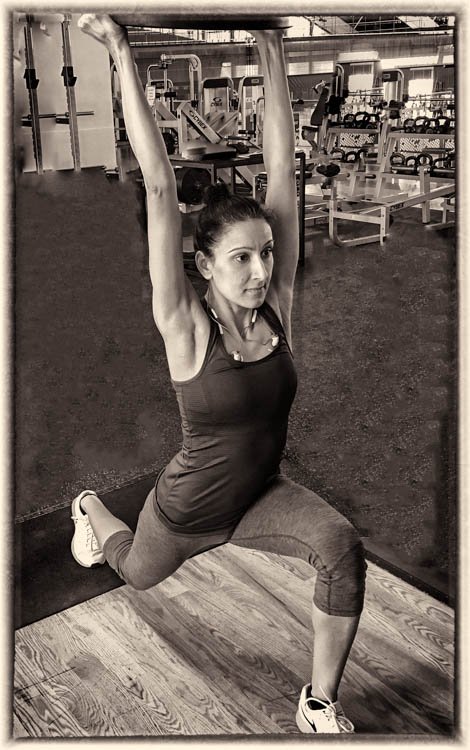 The program of interest, is it designed to improve technique (squatting or deadlifting form) using certain methods (MEM, DEM or REM/SEM) or, simply raise work capacity (through intensity, volume and/or frequency)?
The program of interest, is it designed to improve technique (squatting or deadlifting form) using certain methods (MEM, DEM or REM/SEM) or, simply raise work capacity (through intensity, volume and/or frequency)?
This question will provide the routine’s purpose. Some programs focus on single entities while others contain a combination of things in order to generate hybrid-type affect. Do the training principles seen within the specific program coincide with yours?
How long is the training and what equipment is required?
If the protocol contains numerous compound lifts, then you would require a gym setting to accommodate such routines, as supposed to bodyweight workouts that can be performed anywhere. Also, how often and how long is the program designed for? Some routines consist of frequent training sessions accumulating significant volume, while others may have less training sessions primary focusing on maximum effort (heavy weights).
Length of the program often takes training background into consideration. Advanced lifters can engage and generate great amount of physical work, loading and progressing during each week. Due to higher mechanical loads, advanced programs are often shorter in duration around 4-5 weeks, depending on the focus. Programs longer than 8 weeks are geared towards novice lifters, either with limited training background or someone who is returning back to the gym after significant time off (longer than 6 months).
Knowing your own fitness level and fitness background will be beneficial in protocol selection. If you’ve been progressively training for the past 3 years and looking for a new challenge, moderate to advance routines sure to offer the new “spice” in training direction. On the other hand, if you are coming off a significant injury that kept you out of the gym for a few seasons, even with training background, the safer passage is to take a common general prep or common hypertrophy routine lasting in the period of 8-10 weeks.
What is the Purpose of this program?
Each protocol is designed for a reason, and you need to know it before engaging in it. Simply looking at a stock photo attached to some exercise routines of a physically fit guy or gal, gazing into a perfectly lit composition, smiling with bleach white teeth, should not be the deciding factor in program selection. Look past the marketing of pretty pictures and catchy titles, and go into the structure of the routine.
What goals is the program trying to achieve, and do they coincide with you? There are many exercise regiments using numerous methods and are oriented towards improving specific abilities. Each will vary depending on the goal, be it improving biomotor abilities, improving functionality, or simply working on particular movement through specific exercises; all have different designs. Again, be aware of it and choose accordingly.
3. Your Program Selection Considerations
Depending on your goals, choosing an appropriate programs may be difficult at first but, becomes easier with practice. The exercises within should not only address what you wish to accomplish, but also reflect your training ability. Many believe, that by taking a strength and conditioning program of a professional athlete (e.g.: NFL linebacker or tight end) will generate maximal physical results. This is simply not the case. Most professional athletes have been training for decades in a strict and structured schedule, steadily developing their world class skills that we see on TV. By you grabbing a small piece of that very large and complex training structure, will not translate into the same championship glory. The sound advice is to stay in your own lane, evaluate personal potential and select training methods that develop “your” desired skills and functions.
So, now that we talked about what not to do, how do we begin the process?
Regardless of training background, physical potential and rate of development, we all have the same physiology and adaptation potential. Every one of us, whether an absolute beginner or professional athlete, continues through his or her journey of personal development. This development includes improvements of physical abilities while addressing identified weaknesses or bad habits along the way. In order for this training journey to be effective, it has to be organized. To do that, you need to periodize your training. Any journey begins with the main goal, then dividing this goal into smaller sub-goals, and braking the sub-goals once again into weekly training sessions that are tracked through projected numbers.
Final Thoughts
There is an ocean full of training programs packaged with sexy stock photos and SEO popular titles. To choose and commit to a program, we need to understand its purpose, through specific design, methods, duration and target group. Knowing personal goals and fitness abilities provides background towards selection process of the right training routine. Many programs are simply pieces of a larger puzzle(s), that may or may not lead towards desired results. To reach fitness potential, personal goals require organizational breakdown through specific bench marks which are then applied in training sessions in order to achieve projected performance — periodization. This is the concept of periodization which will be covered in the future posts, be sure to Subscribe to stay connected.
You can learn more about periodization training books at Stronger Leaner Faster Her and Stronger Leaner Faster Him.

